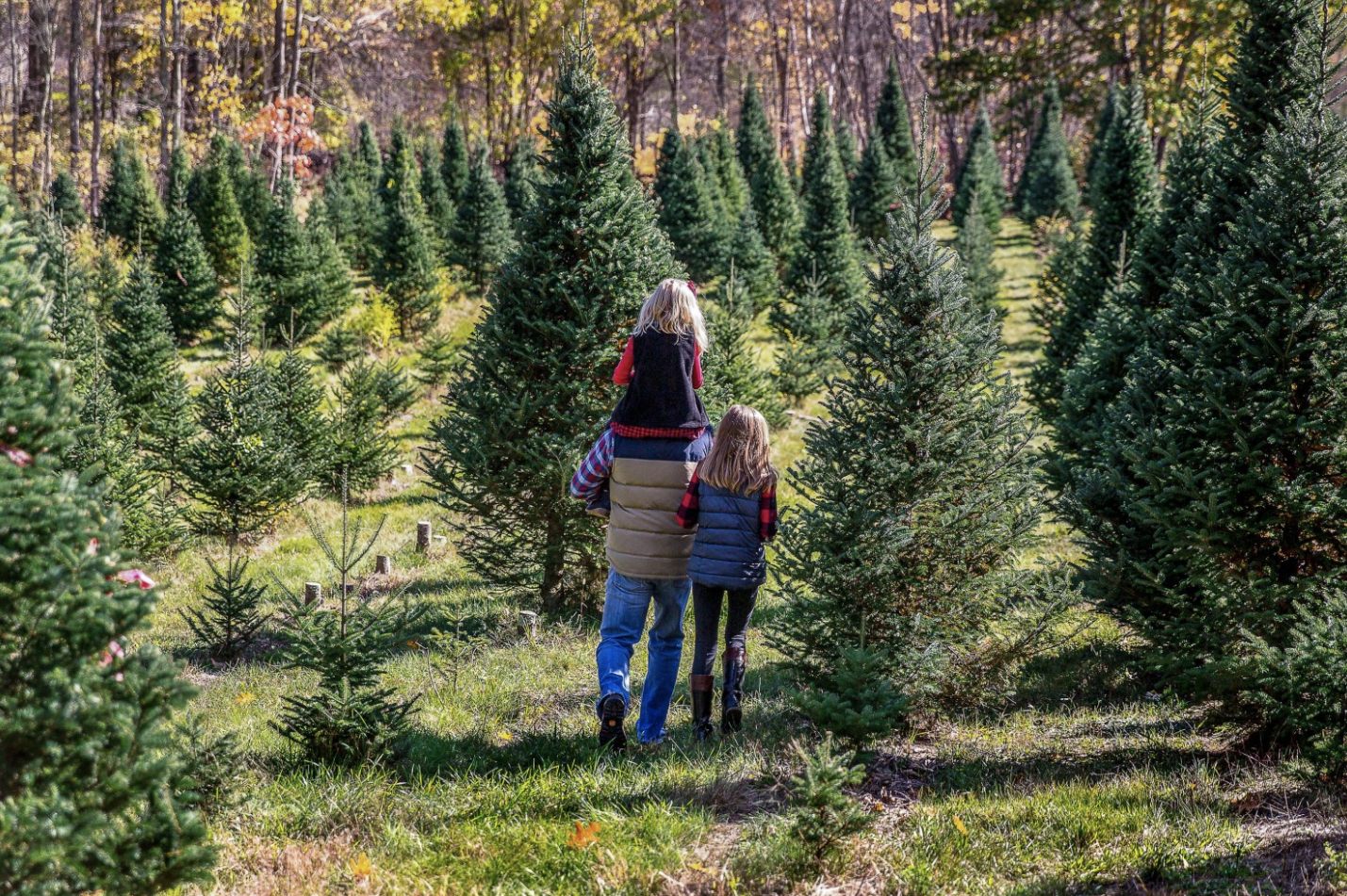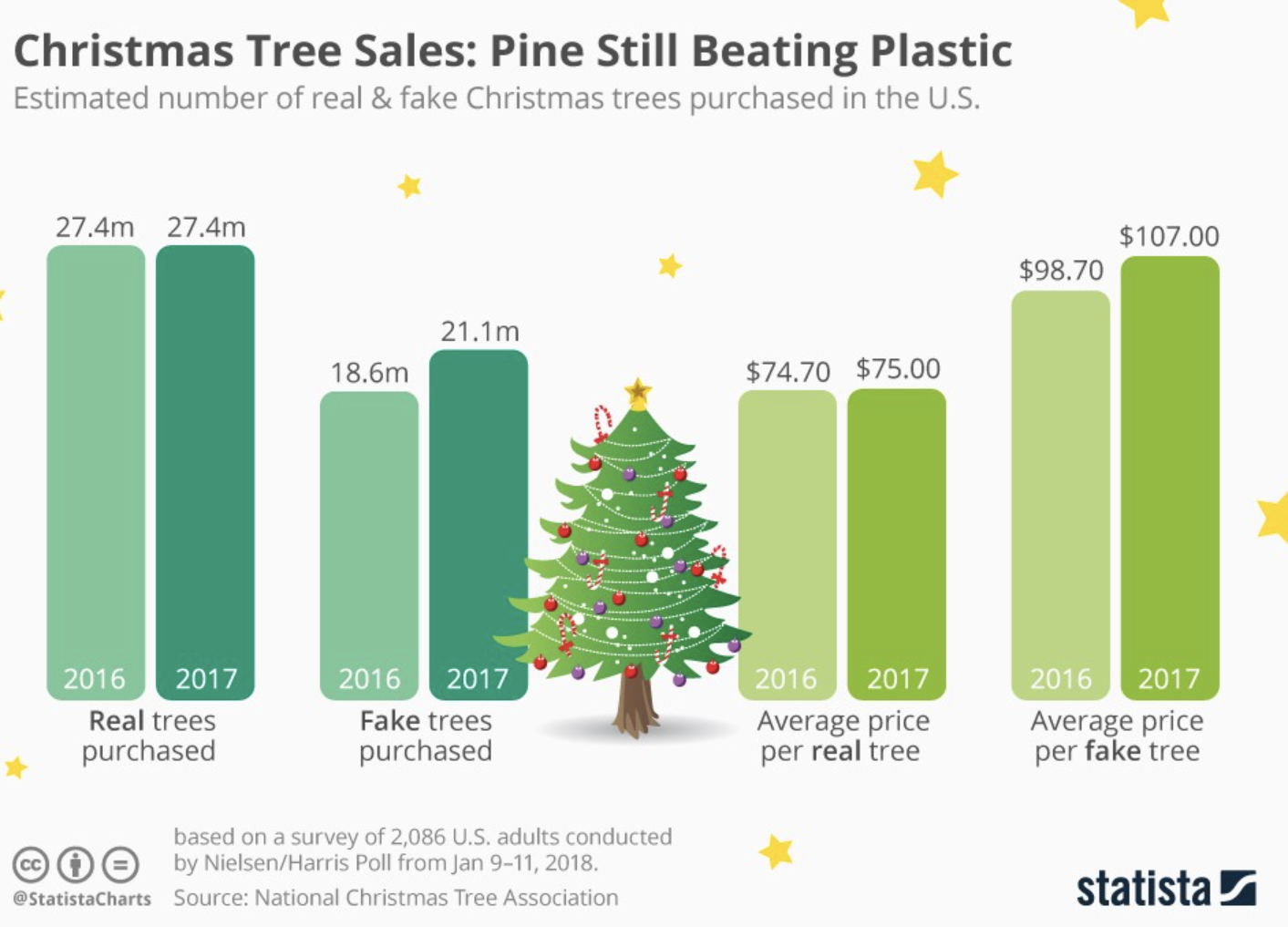
As the holiday season approaches, many households face a familiar question: which type of Christmas tree is the most sustainable choice?
The perennial debate over real versus artificial Christmas trees has gained traction in recent years, largely due to growing concerns about environmental impact and sustainability.
Both options come with their own set of advantages and disadvantages, making the choice a little more complex than one might initially think.
The Real Deal: Natural Christmas Trees
Pros:
-
Renewable Resource: Real Christmas trees, typically sourced from tree farms, are cultivated with the intention of being harvested. As soon as one tree is cut down, another is planted in its place, ensuring a constant cycle of regrowth.
-
Biodegradable: Once the holiday season concludes, real trees can be recycled into mulch, compost, or wood chips, providing valuable nutrients for other plants and ecosystems.
-
Natural Fragrance: The unmistakable scent of a real Christmas tree can add a wonderful olfactory dimension to your festive atmosphere.

Christmas Tree Market
Cons:
-
Short Lifespan: Real trees are temporary decorations, lasting a few weeks at most. They require disposal or recycling after the holiday season, which can create a demand for waste management.
-
Transportation Emissions: If not grown locally, real trees often travel long distances, contributing to carbon emissions from shipping.

Pines falling from the tree
The Reusable Option: Artificial Christmas Trees
Pros:
-
Longevity: Artificial trees can be used year after year, reducing the demand for constant tree replacement.
-
Convenience: No need to water, and fewer pine needles to sweep up, artificial trees simplify the maintenance process.
-
Customization: You can choose from various sizes, styles, and pre-decorated options, ensuring your tree perfectly fits your decor.

Fake Tree
Cons:
-
Non-Biodegradable: Artificial trees are typically made from non-biodegradable materials like plastic and metal, which can persist in landfills for centuries after disposal.
-
Resource Intensive: Manufacturing artificial trees requires significant resources, energy, and greenhouse gas emissions, making their environmental footprint substantial.
-
Long-Term Impact: The longer you use an artificial tree, the more its initial environmental impact diminishes. However, it takes several years of use for artificial trees to have a lower carbon footprint compared to using a real tree annually.

Statistics Real Tree vs Fake Tree
Making an Informed Choice
In the real-versus-artificial Christmas tree debate, sustainability largely depends on the context. If you’re looking to minimize your immediate environmental impact, a real tree is the more eco-friendly choice. Ensure that you purchase one from a local, sustainably managed tree farm and recycle it responsibly after the holidays.
On the other hand, if you intend to use the same artificial tree for many years, it may eventually prove to be the more sustainable choice. However, you must commit to using it for an extended period to offset its initial environmental costs.
Some Additional Tips for a Greener Christmas:
-
Reusing Decorations: Opt for durable, reusable ornaments, lights, and other decor items to minimize waste.
-
Eco-Friendly Lighting: Choose LED Christmas lights, which consume significantly less energy than traditional incandescent bulbs.
-
Sustainable Gifts: When shopping for presents, consider gifts with minimal packaging and choose sustainable, locally made products when possible.
-
Reduce, Reuse, Recycle: Encourage recycling practices during the holiday season and strive to minimize waste in all aspects of your celebrations.
In the end, whether you choose a real or artificial Christmas tree, what matters most is making environmentally conscious decisions and fostering a sense of responsibility for our planet throughout the holiday season and beyond.





